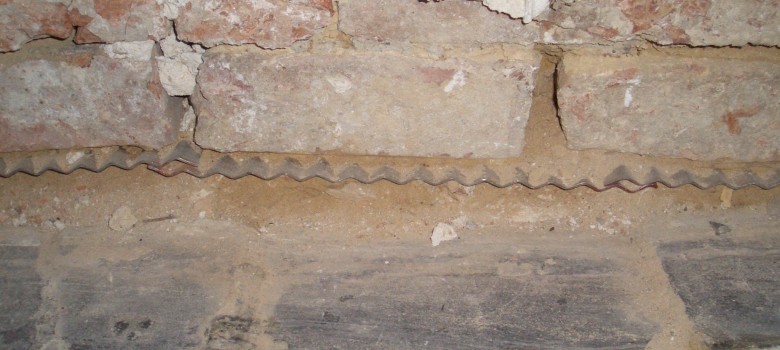Cost Of Installing Damp Proof Membrane
Rising Damp Rising Damp Tim Hutton Rising damp is widely misdiagnosed in existing buildings, based on the incorrect interpretation of visual evidence and the readings of moisture meters. Because of a highly successful sales campaign for over 30 years by specialist remedial contractors installing injected 'chemical dampproof courses', this misdiagnosis of rising damp has also become synonymous with a diagnosis of a lack of an 'injected chemical damp-proof course'. Although this has been very good for business, it has often resulted in a waste of the clients' money and resources; original plasters and finishes have been destroyed in the process of installation, and unnecessary damage has been caused to original structures by the drilling of irrigation holes.
Super Smash Bros Melee Jpn Iso File. In addition, money that might have been spent on more cost-effective maintenance or repair works has been wasted. Whilst injected chemical damp-proof courses may provide some protection for certain types of structure if properly specified, their general application is rarely the most cost-effective way of controlling damp problems in buildings, and may be wrongly specified and ineffective.

Douglas Kent looks at the various different areas where damp can occur and reveals the most effective ways of making an old home dry. Download Bible Kjv For Blackberry.
In particular the more generally available water based products may only form an effective ‘hydrophobic band’ if applied to a dry wall after it has dried out. This can prevent their effective installation in damp walls. CAUSE AND EFFECT Rising damp actually describes the movement of moisture upward through permeable building materials by capillary action. It becomes a problem if the moisture penetrates vulnerable materials or finishes, particularly in the occupied parts of a building. This moisture will dissolve soluble salts from the building materials such as calcium sulphate, and may also carry soluble salts from its source. If the moisture evaporates through a permeable surface, these salts will be left behind and form deposits on or within the evaporative surface.